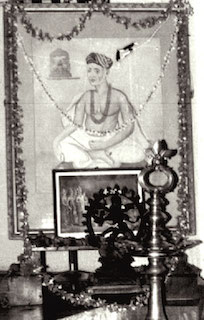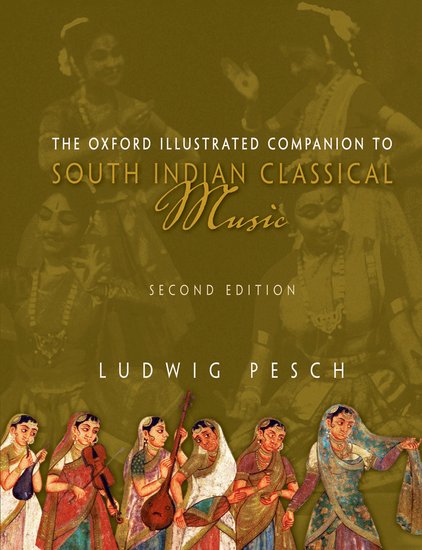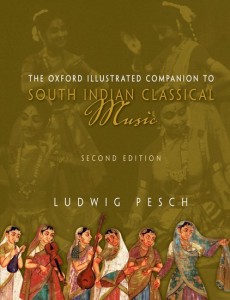Custom search – press and websites
For up-to-date information from several leading periodicals and other websites, simply type one or several keywords such as a personal name or institution you want to learn more about (e.g. “carnatic”, “karnatak composer”, “hindustani musician”, “ragamalika”); optionally add a city or state (e.g. “Madurai singer”, “Karnataka violinist”, “Trivandrum music festival”, “Chennai music season”):
To confine results to one website, include its name in the search field (e.g. “MS Subbulakshmi sruti.com” or “MS Subbulakshmi musicresearch.org”).
Technical support
No Google Custom Search window or media contents visible on this page? Then try these steps: (1) switch from “Reader” to regular viewing; (2) in your browser’s Security settings select “Enable JavaScript”; (3) check Google support for browsers and devices | More tips >>
Periodicals and other recommended sites included in the above Google custom search:
- Deccan Herald
- Hindustantimes.com
- The Indian Express
- Livemint.com
- Madras Heritage and Carnatic Music by music historian V. Sriram
- Newindianexpress.com
- Sruti.com
- Telegraphindia.com (The Telegraph Calcutta)
- Thebetterindia.com
- TheHindu.com
- Timesofindia.indiatimes.com
Tips: alternative custom search options | Search window >>
For information on places, persons, instruments or institutions
- ask a question like “who brought the violin to Indian music?”
- “musical heritage of Mysore”
- personal names associated with a particular place or family tradition (bāni) like “Lalgudi Viyalakshmi”, “Mysore Chaudiah”, “Kanchipuram Naina Pillai”, “Andhra Carnatic singer”
- details like “Mysore violin”, “Tanjavur vina” or “South Indian tambura”, “konnakkol expert”



